
How to Use DHT22: Examples, Pinouts, and Specs
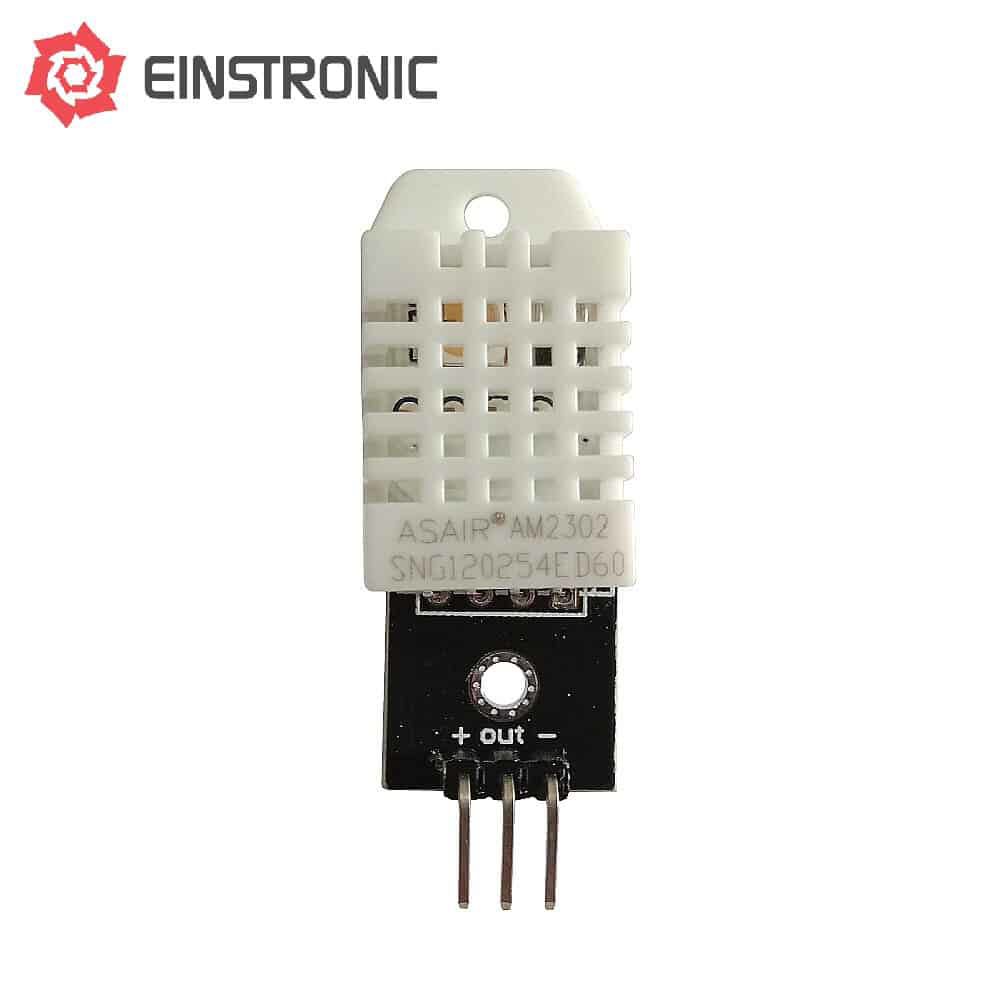
 Design with DHT22 in Cirkit Designer
Design with DHT22 in Cirkit DesignerIntroduction
The DHT22 is a reliable sensor for measuring temperature and humidity. This sensor is suitable for a wide range of applications due to its ability to provide long-term stability and relatively high measurement accuracy. Common applications include HVAC systems, weather stations, home environment monitoring, and IoT projects.
Explore Projects Built with DHT22
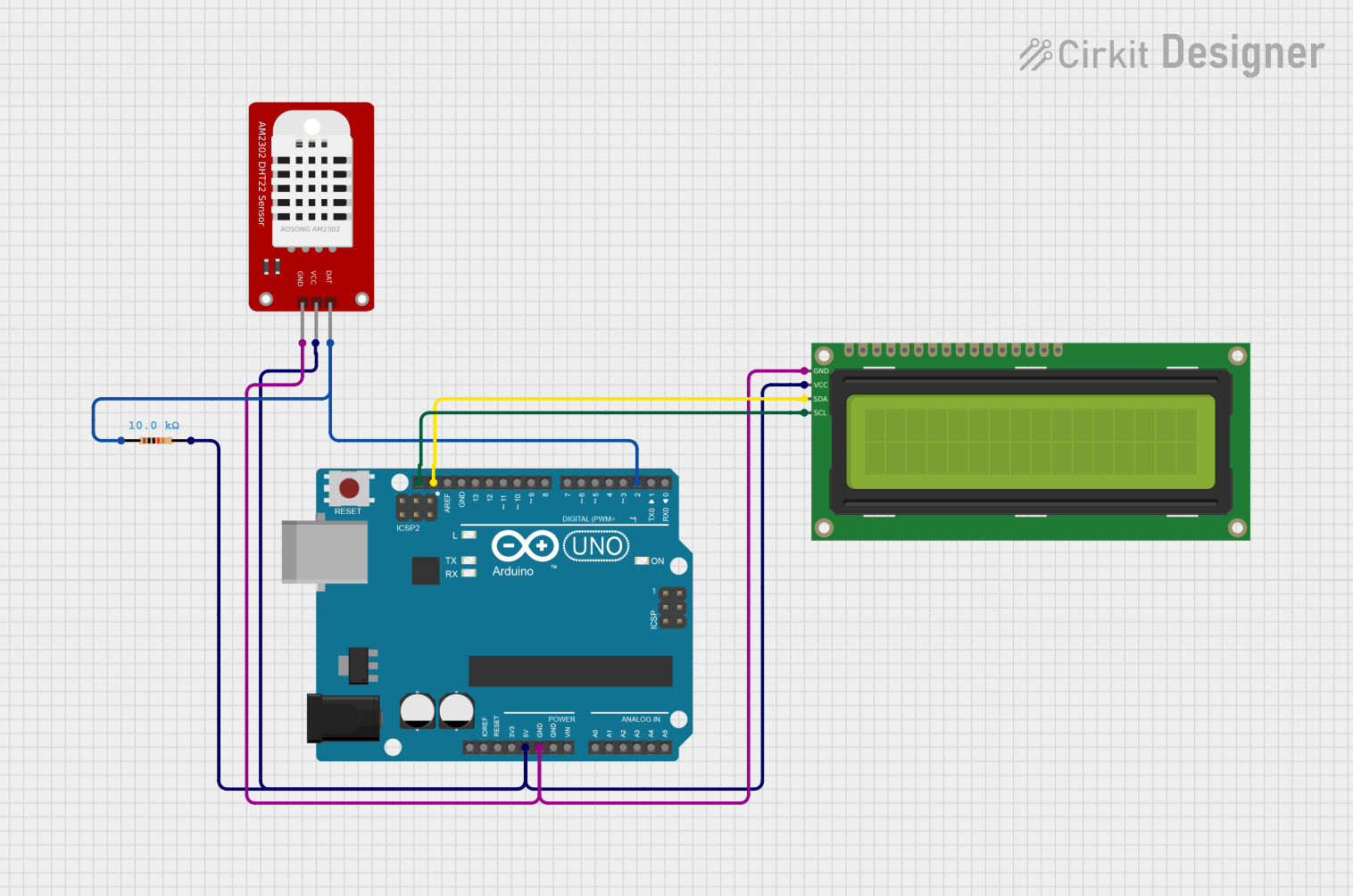
 Open Project in Cirkit Designer
Open Project in Cirkit Designer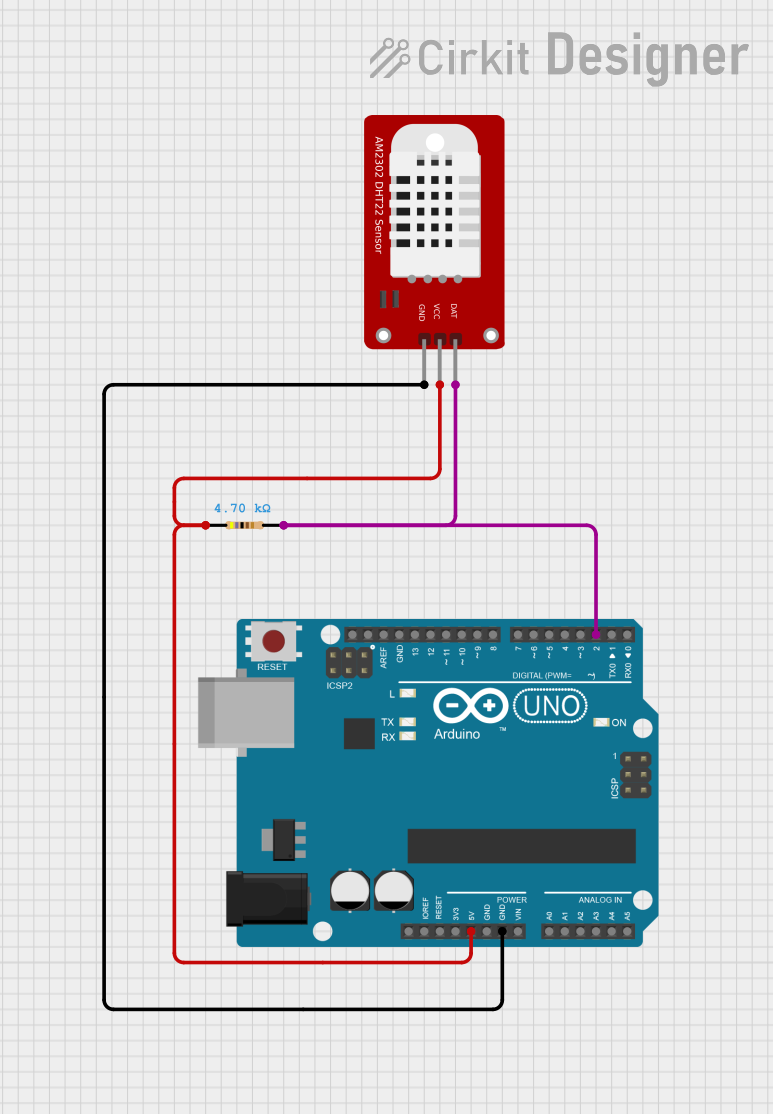
 Open Project in Cirkit Designer
Open Project in Cirkit Designer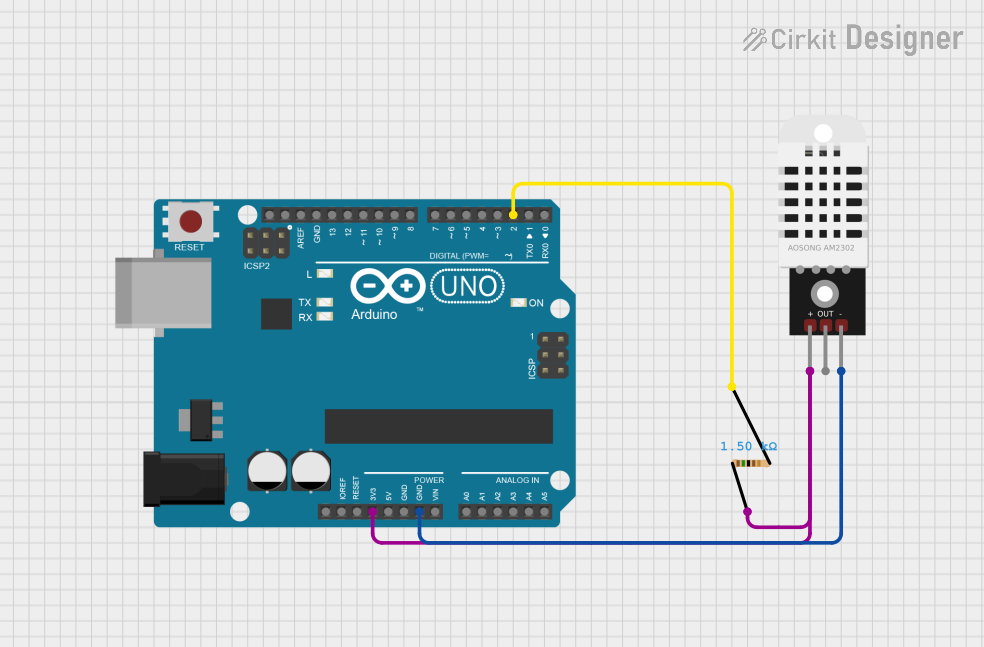
 Open Project in Cirkit Designer
Open Project in Cirkit Designer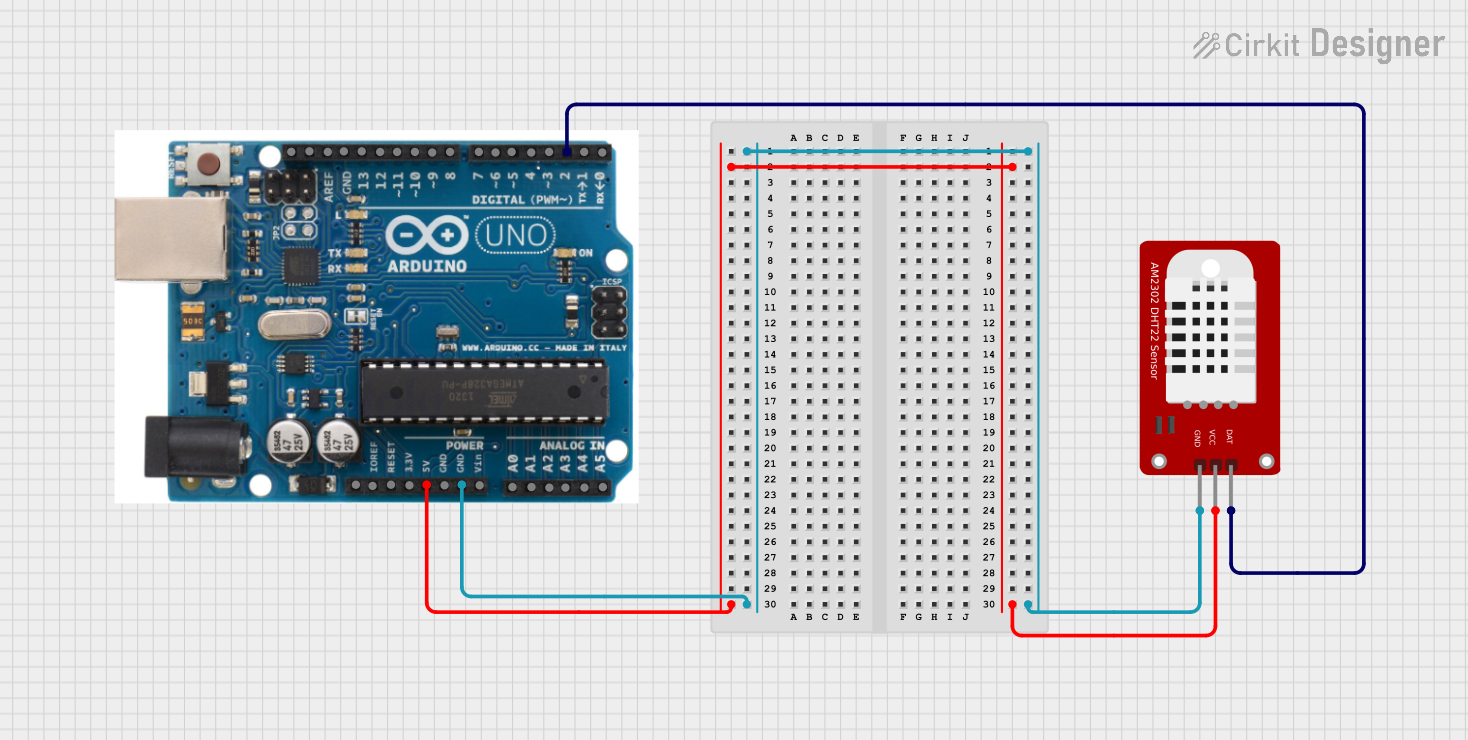
 Open Project in Cirkit Designer
Open Project in Cirkit DesignerExplore Projects Built with DHT22

 Open Project in Cirkit Designer
Open Project in Cirkit Designer
 Open Project in Cirkit Designer
Open Project in Cirkit Designer
 Open Project in Cirkit Designer
Open Project in Cirkit Designer
 Open Project in Cirkit Designer
Open Project in Cirkit DesignerTechnical Specifications
Key Technical Details
- Temperature Range: -40 to 80°C
- Humidity Range: 0 to 100% RH
- Voltage: 3.3 to 6V DC
- Current: 2.5mA max during conversion (while requesting data)
- Accuracy: ±0.5°C (temperature), ±2-5% RH (humidity)
- Resolution: 0.1°C (temperature), 0.1% RH (humidity)
- Sampling Rate: ≤ 0.5 Hz (once every 2 seconds)
- Output: Digital signal via a single data pin
Pin Configuration and Descriptions
| Pin Number | Name | Description |
|---|---|---|
| 1 | VDD | Power supply (3.3 to 6V DC) |
| 2 | DATA | Digital output pin |
| 3 | NC | Not connected |
| 4 | GND | Ground |
Usage Instructions
Integration with a Circuit
- Connect the VDD pin to a 3.3V or 5V power supply.
- Connect the DATA pin to a digital I/O pin on a microcontroller.
- Connect a pull-up resistor (typically 10kΩ) between the DATA pin and VDD.
- Connect the GND pin to the ground of the power supply.
Best Practices
- Ensure that the power supply is stable and within the specified voltage range.
- Avoid placing the sensor in direct sunlight or near heat sources to prevent inaccurate readings.
- Use a pull-up resistor on the DATA pin to ensure reliable data transmission.
- Allow the sensor to acclimatize to the environment for accurate readings.
Example Code for Arduino UNO
#include "DHT.h"
#define DHTPIN 2 // Digital pin connected to the DHT sensor
#define DHTTYPE DHT22 // DHT 22 (AM2302)
DHT dht(DHTPIN, DHTTYPE);
void setup() {
Serial.begin(9600);
dht.begin();
}
void loop() {
// Wait a few seconds between measurements.
delay(2000);
// Reading temperature or humidity takes about 250 milliseconds!
float humidity = dht.readHumidity();
// Read temperature as Celsius (the default)
float temperature = dht.readTemperature();
// Check if any reads failed and exit early (to try again).
if (isnan(humidity) || isnan(temperature)) {
Serial.println("Failed to read from DHT sensor!");
return;
}
// Compute heat index in Celsius (isFahrenheit = false)
float heatIndex = dht.computeHeatIndex(temperature, humidity, false);
Serial.print("Humidity: ");
Serial.print(humidity);
Serial.print("% Temperature: ");
Serial.print(temperature);
Serial.print("°C Heat index: ");
Serial.print(heatIndex);
Serial.println("°C");
}
Note: This code requires the DHT sensor library, which can be installed via the Arduino Library Manager.
Troubleshooting and FAQs
Common Issues
- Inaccurate Readings: Ensure the sensor is not exposed to direct sunlight or heat sources. Allow it to acclimatize to the environment.
- No Data: Check the wiring, especially the pull-up resistor on the DATA pin. Ensure the power supply is within the specified range.
- Erratic Readings: Ensure there are no sources of electromagnetic interference near the sensor. Use shielded cables if necessary.
FAQs
Q: Can I use the DHT22 sensor outdoors? A: Yes, but it should be protected from direct sunlight, rain, and condensation.
Q: How long should I wait between readings? A: The DHT22 has a sampling rate of up to once every 2 seconds. It is recommended to wait at least this long to avoid self-heating and to ensure accurate measurements.
Q: What should I do if the sensor is not responding? A: Check the power supply, wiring, and pull-up resistor. If the issue persists, replace the sensor as it may be defective.
For further assistance, consult the manufacturer's datasheet and technical support resources.